Answered step by step
Verified Expert Solution
Question
1 Approved Answer
2. Recall our old friend the curve C in Cartesian form defined by C = {(I, y) ER' [ x' + 4y = 4y' ).
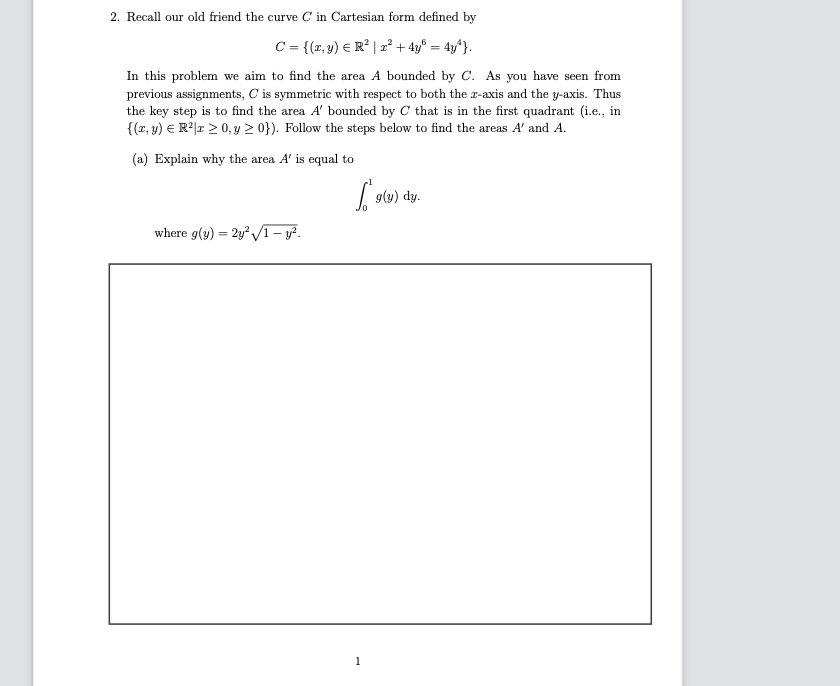
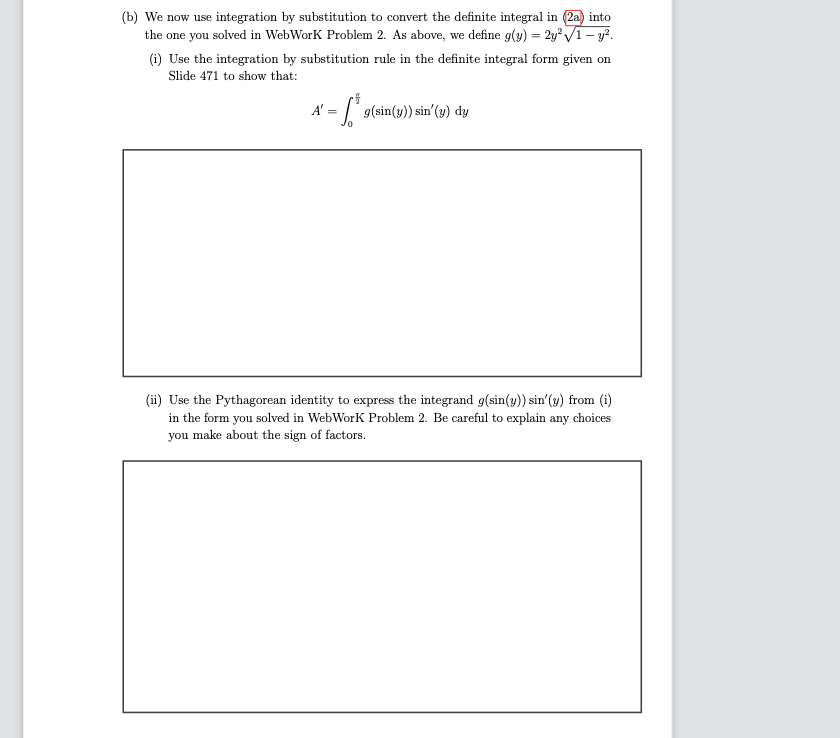
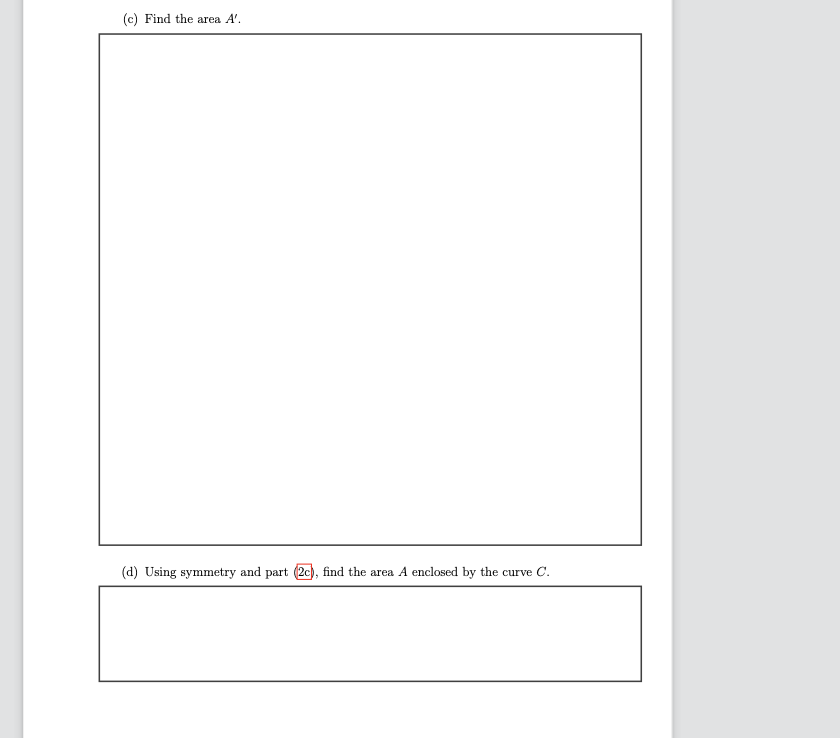
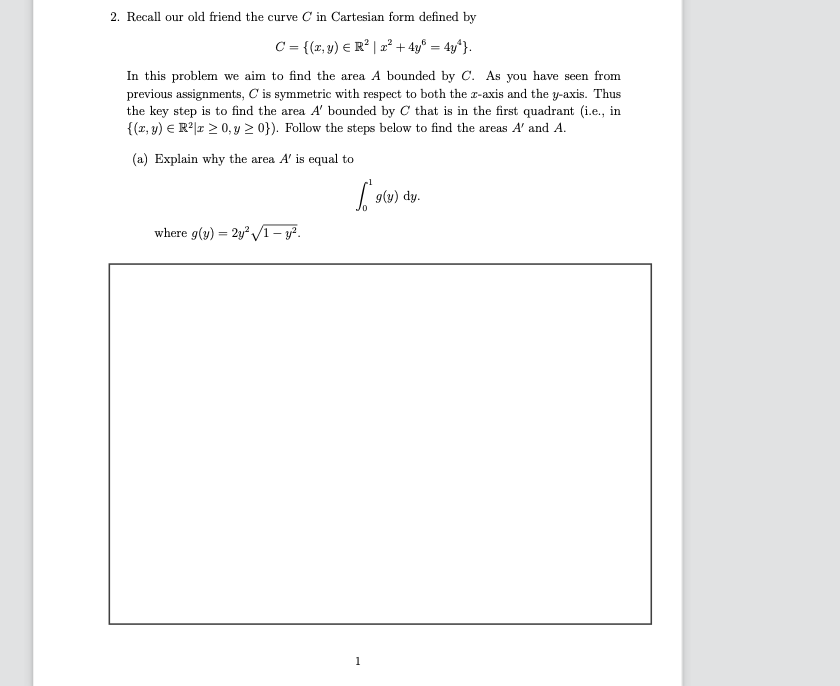
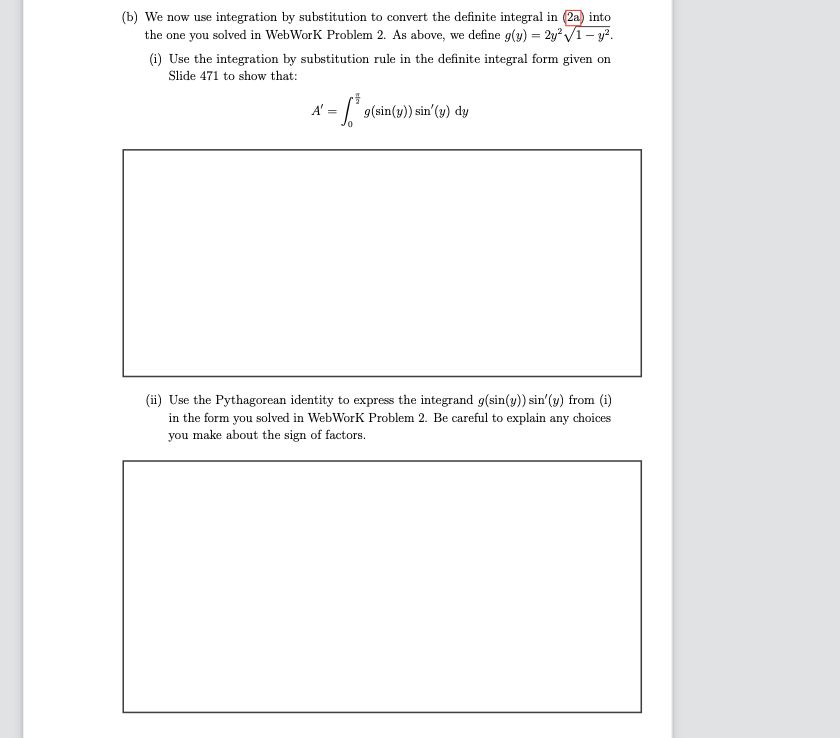
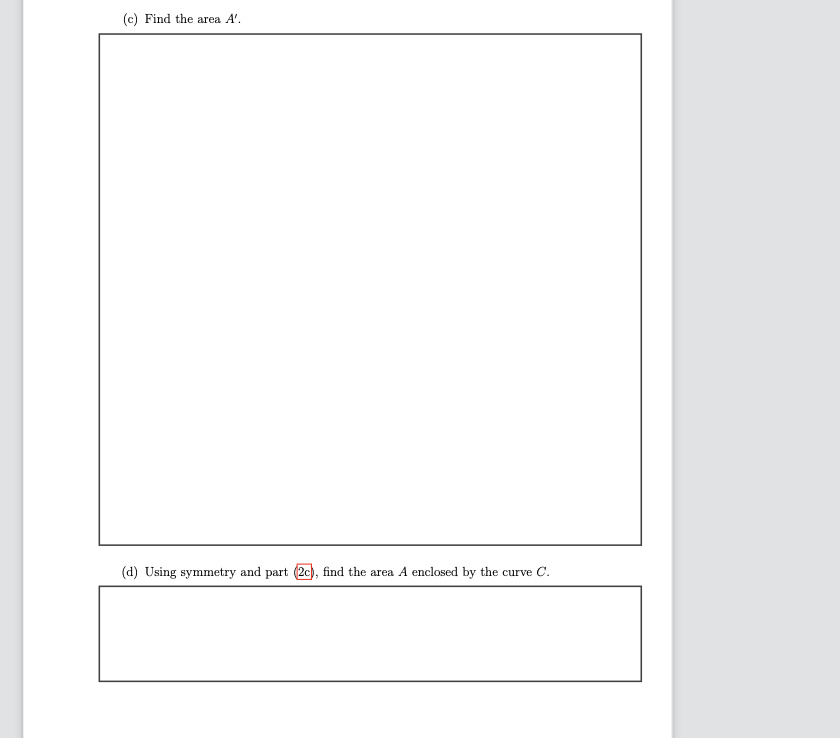
Step by Step Solution
There are 3 Steps involved in it
Step: 1

Get Instant Access to Expert-Tailored Solutions
See step-by-step solutions with expert insights and AI powered tools for academic success
Step: 2

Step: 3

Ace Your Homework with AI
Get the answers you need in no time with our AI-driven, step-by-step assistance
Get Started


